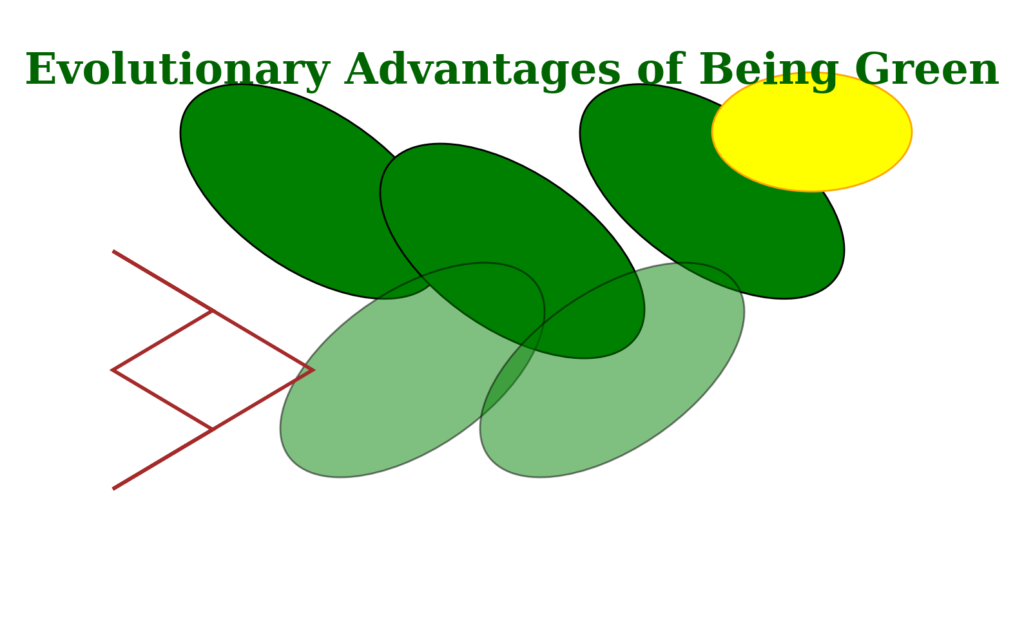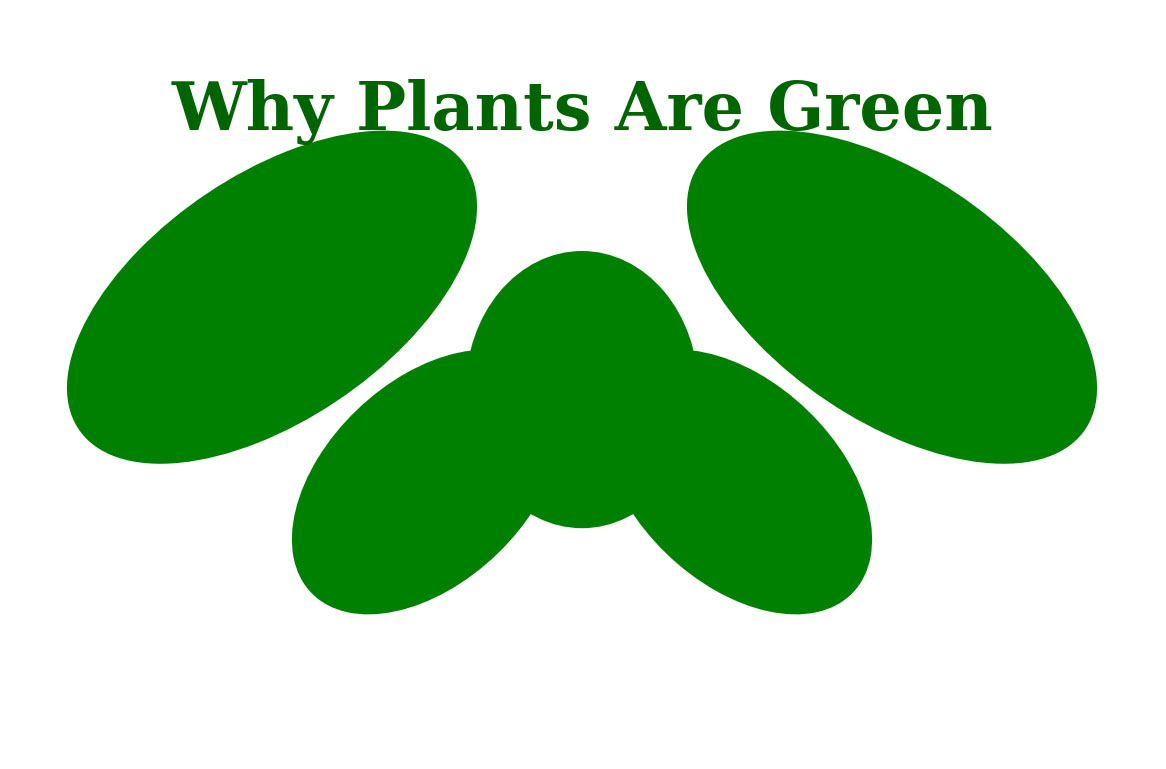Table of Contents
The Science of Why Plants Are Green
Plants are integral to life on this planet; they are green, a color that singles them out. But this green color is anything but accidental. It is not something that is just so; it has to be made. And what complex biological and chemical processes lie behind this green coloration, which has several significances in the life of the plant and by extension life on this planet? In this article, we will look into what makes a plant green by further observing the role of chlorophyll, the process of photosynthesis, and the evolutionary benefits of this color.
Chlorophyll’s Function
The main reason green plants are green is that they contain a pigment called chlorophyll. Chlorophyll is an absolutely important molecule used in the process called photosynthesis, in which plants convert light from the sun into chemical energy in the form of glucose. Besides, plants contain different kinds of chlorophylls, but the most common are chlorophyll a and chlorophyll b.

The molecules of chlorophyll, arranged in the cell organelles, the chloroplasts, absorb light maximally at relatively low energy, offered at the blue and red wavelengths; it reflects green light, which is why to the human eye, plants appear green. This is very important in the first place because it is the absorption of light that furnishes the energy that thereafter propels the process of photosynthesis.
Also read: Anthurium Black Beauty
Photosynthesis: The Life-Sustaining Process
Photosynthesis is the light-dependent process in which plants, algae, and some bacteria produce glucose and oxygen through the reaction of water and carbon dioxide. The general word equation for photosynthesis is:
6𝐶𝑂2+6𝐻2𝑂+ 𝑙𝑖𝑔ℎ𝑡 𝑒𝑛𝑒𝑟𝑔𝑦→𝐶6𝐻12𝑂6+6𝑂26CO2+6H2O+ light energy→C6H12O6+6O2
These two main steps in the process represent the light-dependent reactions and the light-independent reactions, or the Calvin cycle.
- Light-dependent reactions: These take place in thylakoid membranes located inside chloroplasts. Energy absorbed by chlorophyll will excite electrons to higher energy, and it will then pass through a series of proteins in the thylakoid membrane. It results in the production of the energy carriers for life: ATP and NADPH.
- Calvin Cycle: ATP and NADPH produced in the light-dependent reactions are used up in the Calvin cycle for the conversion of carbon dioxide to glucose. This cycle mainly takes place in the stroma component in the chloroplasts, so it doesn’t need the help of light. So, it is also called a light-independent reaction.
Through these processes, plants synthesize glucose as a base for most growth and development, with oxygen being released as a by-product, a gas critically essential for respiration by most life on Earth.
Evolutionary Advantages of Being Green
There is a series of evolutionary profits of the greenness of plants that make it possible to dominate and get dispersed in a vast number of the earth’s ecosystems. Some of the gains green color gives nature to the plants are as follows:
- Optimal Light Absorption: By being able to absorb blue and red light, then reflect green light, chlorophyll helps a plant make maximal use of the incident spectrum of light for photosynthesis. In this respect, it enhances the maximum capture of energy, especially in regions or rather habitats that keep fluctuating with light.
- Protection from Overexposed Light: Light is necessary for photosynthesis, but too much light damages the plant cells. This containment of green light reflects it away to prevent overheating and photodamage to the photosynthetic machinery.
- Camouflage and Protection: In other scenarios, being green can also accord the plants some level of camouflage, hiding them from the very natural predators that run their biology and fauna in such environments. The view here is also particularly effective within a densely vegetated area because blending in with the area can, at times, be the difference between life and death.
- Signaling and Interaction: Green color in a plant may also play a role in the signaling of a plant with other organisms. For instance, green coloration could afford an advantage to some plants for signals indicating to a specific insect or animal that they are a good provider of health and nutrients, thus establishing mutualistic relationships such as pollination or seed dispersal.

Other Plant Pigments
Though chlorophyll is the most dominant, there are other pigments found in plants that also help in giving coloration to the plants and play different biological roles. Some of these other pigments include:
- Carotenoids: Pigments that give yellow, orange, or red to a color in plants. They function to capture light energy during photosynthesis and, at the same time, protect chlorophyll from photodestruction.
- Anthocyanins: They are colored pigments that impart plant tissues with red, purple, and blue hues. They are contained in most flowers, fruits of plants, and the lower epidermis of leaves in the fall. These can provide protection to plants from the zone of ultraviolet and can play the role of antioxidants.
- Phycobilins: Present in some algae, these have absorption spectra in the blue-green, and yellow-orange regions, thus complementing chlorophyll.
So The Conclusion of Why Plants are Green
The green color in plants is ascribed primarily to the presence of chlorophyll or pigments that host the basic process of photosynthesis. The green color is most captivating in describing the biology of the plant and is of equal importance with respect to how plants are able to harness energy and live comfortably in all habitats. To understand why plants have a green color is to understand the greatest intricacy of importance to keep life on planet Earth in existence. The fact that plants are green attests to nature’s flexibility and superb performance, from optimal light utilization to the selective advantage of evolution.





